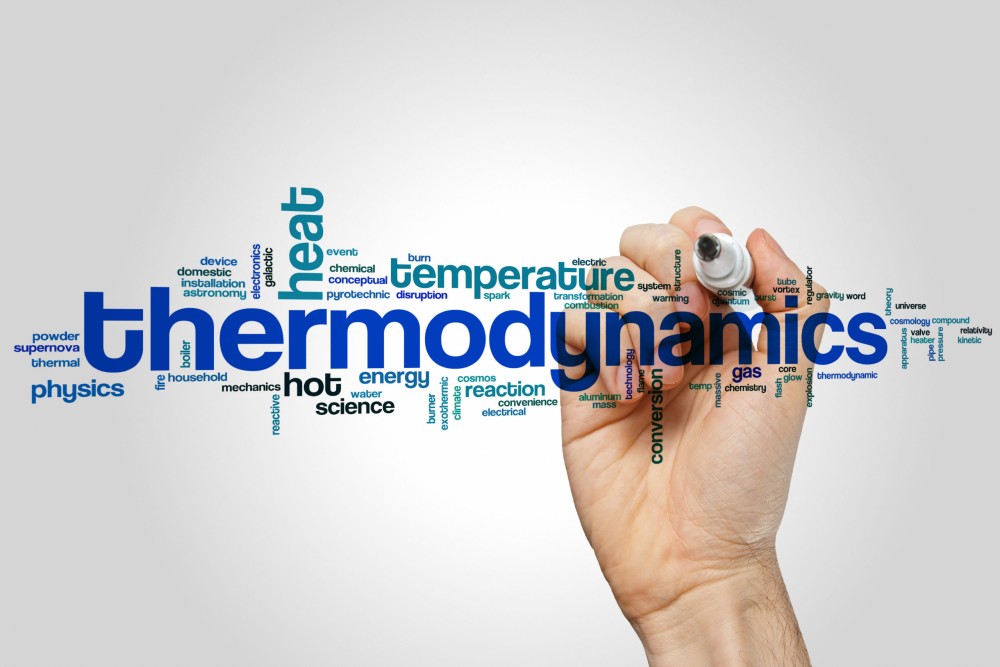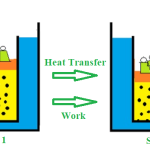In our day-to-day lives we come across various conversions of energy from one form to the other. For instance in vehicles, the chemical energy of fuel is converted into mechanical energy of the vehicle, in motor electrical energy is converted into mechanical energy, in hydro power plants the hydraulic energy water is converted into electrical energy, in nuclear power plants the nuclear energy is converted into electrical energy etc. We also come across applications like solar water heater and solar cooker in which solar energy is converted into heat energy. By its sheer intelligence mankind has learnt converting energy provided by the nature from one form to the other as per their requirements and convenience.
The branch of science (physics) that studies conversion of energy from one form to the other is called as thermodynamics. Thermodynamics is a very important subject studied under the branch of Mechanical Engineering. Various conversions of energy are possible, like chemical to heat, heat to mechanical, hydraulic to electrical or mechanical, etc. Almost all the energies can be converted from one form to the other form.
Laws of Thermodynamics
However, the nature has not yet given the mankind permission to create energy on its own. This is what the First Law of Thermodynamics says. It says that energy can neither be created nor it can be destroyed though it can be converted from one form to the other. The field of study of thermodynamics is based on three laws of thermodynamics and Zeroth’s law.
The Second Law of Thermodynamics states that heat energy can be transferred only from body at high temperature to the body at lower temperature. Since heat is directly proportional to temperature, this law can also be understood as: heat energy can flow only from high energy reservoir to low energy reservoir. If you want to move the heat energy from low temperature reservoir to high temperature reservoir, external work has to be performed. In refrigeration and air-conditioning system, heat moves from low temperature to high temperature reservoir, hence they need power (electricity) to work.
The Third Law of Thermodynamics is lesser known of all the laws. It refers to absolute zero, the zero temperature on Kelvin temperature measurement scale. Absolute zero on Kelvin scale is different from zero degree Celsius (freezing point of water). Absolute zero = (-273) degree Celsius. So third law of thermodynamics says that entropy of the body at absolute zero is zero and it can never be negative.
Then finally we have Zeroth’s Law of Thermodynamics, which states that if two bodies are in thermal equilibrium with third body, then they are in thermal equilibrium with each other. For example, if temperature of body A is equal to temperature of body C and temperature of body B is also equal to temperature of body C, then temperature of body A is equal to that of B.
The laws of thermodynamics seem very basic and quite logical, but the deep study of this subject has led to innovations of most of the modern machines and equipments. Most of the equipments studied under Mechanical Engineering are the outcomes of various laws of thermodynamics; hence thermodynamics is an important subject area of this branch of Engineering. Some of the popular innovations which are outcome of applications of various laws of thermodynamics are automobiles, refrigerators, air-conditioners, HVAC, all type of power plants, airplanes etc. The study of thermodynamics has brought a sort of revolution in the lives of mankind. You can imagine your life without electricity, automobiles, or airplanes.


